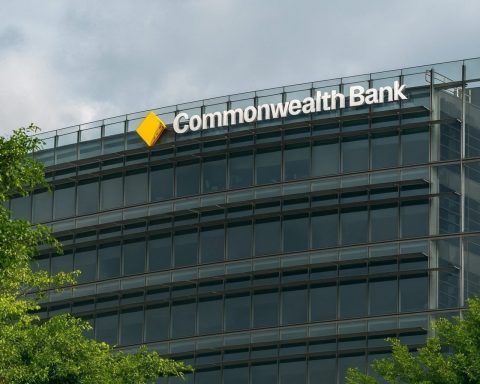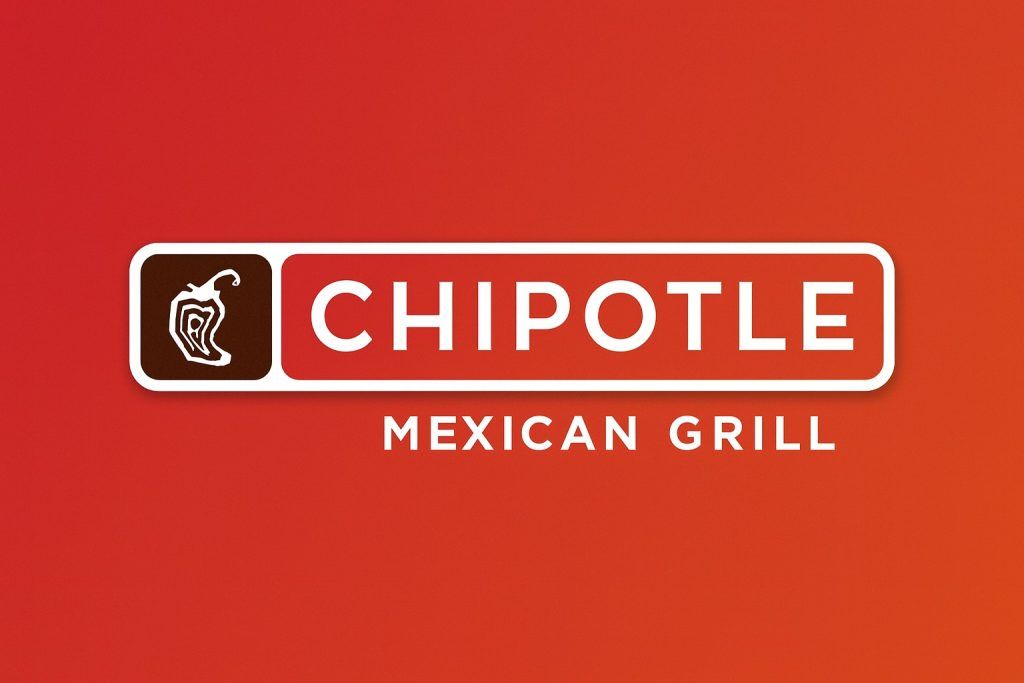- Price action: CVNA closed around $354 on Oct. 29, 2025, down about 2% on the day. The stock has climbed roughly 78% year-to-date [1], reaching a 52-week high near $413 in early September before pulling back.
- Q3 blowout: In its Oct. 29 report, Carvana (NYSE: CVNA) posted record third-quarter results – revenue $5.65 B (+55% YoY) and net income $263 M (all-time high), handily beating Wall Street’s forecasts [2]. It sold ~156,000 cars, up 44% from a year ago, and crossed a $20 billion annual revenue run-rate for the first time.
- After-hours drop: Despite the beats, CVNA shares plunged ~11% after the earnings release. Traders cited profit-taking after the 2024 rally and concerns over a slight slowdown in profit margins (adjusted EBITDA fell to 11.3% of sales from 11.7% a year earlier) [3].
- Analyst views: Wall Street remains largely bullish overall – 14 “Buy” ratings vs. 1 “Sell” [4] [5] – with an average 12-month price target around $426 (about 20% above today) [6]. Top analysts (e.g. JPMorgan’s Rajat Gupta) raised their targets (to ~$490) and reaffirmed Buy, expecting Carvana to “deliver another beat” and calling credit worries “overblown”. BTIG’s Marvin Fong similarly reiterated Buy ($450 target) despite watching loan delinquencies. By contrast, short-seller Jim Chanos warns of “red flags” – pointing to rising auto-loan defaults and the fallout from a subprime lender’s collapse [7].
- Outlook: Management forecasts Q4 retail sales >150,000 cars and FY2025 adjusted EBITDA around the high end of $2.0–$2.2 B [8]. If met, that implies continued strong growth. Analysts’ 12-month targets (mid-$400s) and options-market pricing (implying ~13% moves around earnings) suggest the rally may have further fuel – though skeptics point to stretched valuations, high debt levels, and Carvana’s nearly 29% auto-loan delinquency rate as cautionary signals.
Carvana Stock Price and Recent Trend
Carvana’s share price has doubled in 2025, hitting roughly $413 at its Sept. 2025 peak before retracting. On Oct. 29, 2025 (the day of the Q3 report), CVNA traded around $354 – down about 2.3% from its Oct. 28 close. The stock’s 52-week range is roughly $149–$413, reflecting the wild ride. Notably, CVNA gained sharply on Sept. 29 after better-than-expected sales data (up ~5% to $387), illustrating how investor enthusiasm for its turnaround can overpower fundamental concerns. Year-to-date, Carvana is up about 78% [9], a surge driven by its return to profitability and aggressive growth.
However, that rally has been volatile. In mid-October, legendary short-seller Jim Chanos publicly reiterated his bearish stance. On Oct. 22 he warned of “lots of red flags,” citing a wave of auto-loan defaults and bankruptcies in the subprime sector [10]. This news knocked CVNA down roughly 11% that day. On Oct. 29, ahead of earnings, the stock traded around $360–$370, buoyed by overall market strength and confident analysts. But after Carvana reported Q3 results late on Oct. 29, the stock plummeted in after-hours trading (around an 11% slide) as some investors took profits and scrutinized the numbers.
Blowout Q3 Results, But Some Cooling Margins
Carvana’s third-quarter report (for the period ending Sept. 30, 2025) was exceptional in scale. Total revenue was $5.65 billion, up 55% from a year ago and well above the ~$5.1 B consensus [11] [12]. CEO Ernie Garcia noted the company had “industry-leading growth and profitability while crossing over $20 billion [annual] run-rate scale for the first time”. Indeed, 155,941 cars were sold in Q3, a record that lifted Carvana’s U.S. market share in used-car retailing. Net income was $263 million (4.7% net margin), up $115 M from Q3 2024 [13]. Adjusted EBITDA (earnings before certain costs) hit $637 M (11.3% margin) [14], marking the sixth straight profitable quarter for Carvana.
Yet investors zeroed in on the earnings dynamics beneath the headline numbers. Carvana’s adjusted EBITDA margin, while strong, edged down (from ~11.7% a year ago) due to higher marketing and reconditioning spending. Some analysts saw that as evidence that the company’s “easy operating-leverage phase” may be tapering. 247WallSt reported after-hours sell-off and noted that “profit-taking after a year of massive gains” and concerns about a modest profit margin decline drove the sell-off. Investing.com likewise observed that shares fell ~4% after hours, even though revenue and net income “beat expectations by a wide margin,” because traders were focused on the slight margin pressure [15] [16].
CEO’s comments: In the post-earnings call, Garcia reiterated confidence in Carvana’s model: “We continue to focus on unlocking the structural advantages of our vertically integrated model… This effort has already driven new milestones in speed, selection, convenience, and efficiency”. Management emphasized that integrating the ADESA auction network into its logistics (now 33 sites) has cut costs. They also highlighted technological features – for example, same-day delivery pilots and AI-based customer tools – that boost Carvana’s efficiency. Overall, the tone was that Carvana is growing profitably at scale, but investors remain sensitive to whether that can continue indefinitely.
Analyst Commentary and Market Sentiment
Wall Street’s analysts remain predominantly positive on CVNA despite short-term volatility. According to consensus data, 14 analysts rate Carvana a “Buy” and only 1 a “Sell” [17], yielding an average price target around $425–$426 [18]. For context, that implies roughly 20% upside from current prices. Notably, JPMorgan’s Rajat Gupta recently hiked his target to $490 (from $425) and kept a Buy rating. He argues Carvana can “deliver another beat and raise” and that concerns over credit-health are “overblown”. BTIG’s Marvin Fong echoed a Buy stance ($450 PT), noting ongoing scrutiny of auto-loan quality but saying fundamentals “remain intact”.
By contrast, skeptics cite high valuation and rising default rates. Hedge-fund legend Jim Chanos remains short, warning that Carvana books large gains on loan sales while delinquencies in its financing are climbing [19]. Indeed, industry reports show nearly 29% of Carvana’s auto loans were delinquent by mid-2025 – a level Chanos and others find worrisome. MarketBeat notes that some insiders have been selling shares recently, which can signal management seeing the stock as fully valued. A ts2.tech market analysis in late September commented that Carvana’s retail frenzy – a 3-year rally of over 1,700% – has persisted “despite a 28.7% delinquency rate” and a wave of insider selling.
Notwithstanding these concerns, several analysts emphasize Carvana’s momentum. Wall Street’s consensus earnings-per-share (EPS) for Q3 was about $1.30; management met that and beat on revenue. Looking forward, Carvana itself guided 2025 Q4 unit sales over 150,000 and full-year adjusted EBITDA at or above the prior $2.0–$2.2 billion range [20]. TipRanks notes that options traders are pricing in roughly a 13% stock swing around earnings, underscoring the high expectations (and risks) baked into the share price.
Outlook and Forecasts
Carvana’s future outlook hinges on maintaining its growth trajectory amid tougher comparisons. The company’s guidance – Q4 sales above 150k cars and ~35–40% annual revenue growth for 2026 – assumes the used-car market stays robust [21]. If Carvana can continue achieving scale efficiencies (via its logistics network and marketing mix), bulls see upside. The average analyst price target (~$425–440) suggests about 20–25% potential gain [22]. For example, JPMorgan’s outlook implies CVNA could re-rate higher once concerns about credit quality abate.
However, investors are watching closely. Key risks include a slowdown in used-car demand, further auto-loan delinquencies, or continued margin pressure. As one analyst noted, the “easy operating-leverage phase may be behind” Carvana. The stock’s forward P/E (~90x pre-tax earnings) is very high, which means positive news may already be baked in.
Overall, the consensus remains mildly bullish: roughly three-quarters of analysts rate CVNA a buy [23], and the blended price targets cluster in the mid-$400s. Google News-style coverage will likely emphasize both the strength of the turnaround (record Q3 results, YTD stock surge) and the cautionary flags (Chanos’s warnings, loan delinquency trends, insider selling). Investors should be aware of these dynamics. As one market report bluntly put it, Carvana’s rally has become a “speculative frenzy” that is pushing fundamentals to the background. Whether that frenzy continues or fades in 2026 will depend on how well Carvana executes in a potentially cooling market.
Sources: Official filings and press releases [24]; financial news (Reuters [25], Investing.com [26] [27], TipRanks [28], ts2.tech, MarketBeat); analyst reports; stock data. [29] (all figures as of Oct. 29, 2025).
References
1. www.investing.com, 2. www.investing.com, 3. www.investing.com, 4. www.investing.com, 5. www.investing.com, 6. www.investing.com, 7. www.tipranks.com, 8. www.investing.com, 9. www.investing.com, 10. www.tipranks.com, 11. www.investing.com, 12. www.investing.com, 13. www.investing.com, 14. www.investing.com, 15. www.investing.com, 16. www.investing.com, 17. www.investing.com, 18. www.investing.com, 19. www.tipranks.com, 20. www.investing.com, 21. www.investing.com, 22. www.investing.com, 23. www.investing.com, 24. www.investing.com, 25. www.investing.com, 26. www.investing.com, 27. www.investing.com, 28. www.tipranks.com, 29. www.investing.com









